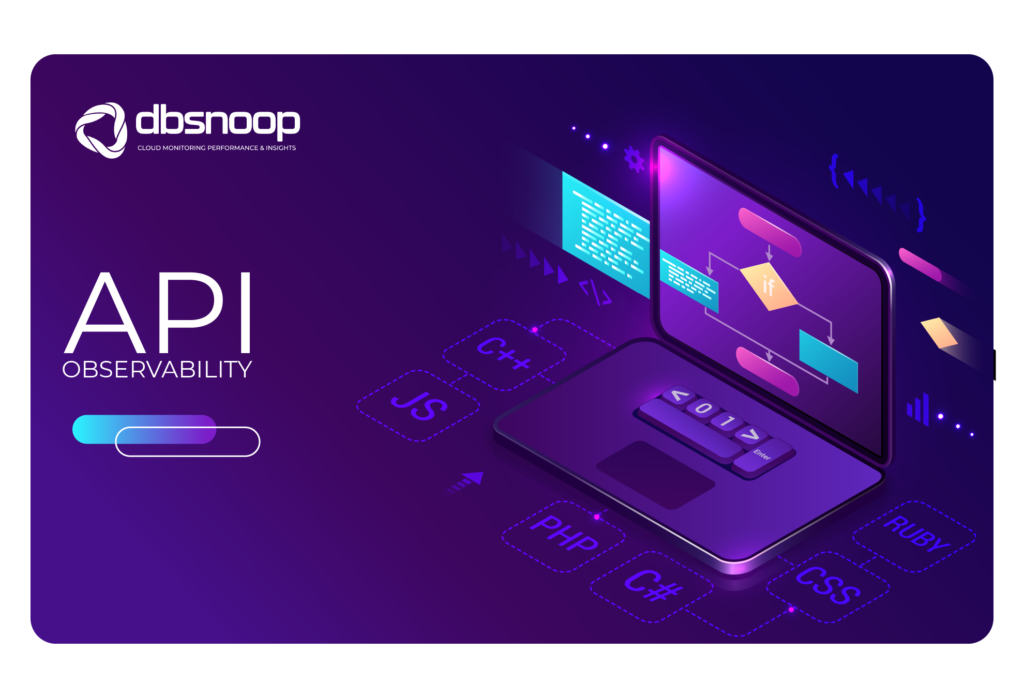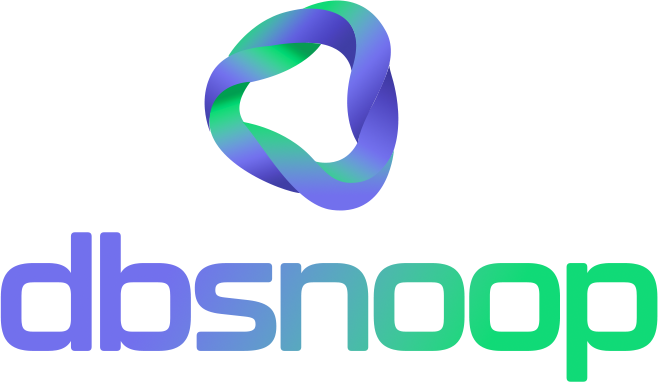
In recent years, APIs (Application Programming Interfaces) have become the backbone of modern software architectures, enabling seamless integration between systems, applications, and services in an agile and scalable manner. With the exponential growth in API usage in architectures based on microservices, hybrid cloud, and edge computing, observability of these interfaces has become a critical necessity.
The lack of visibility into API performance and integrity can result in unexpected failures, degradation of user experience, operational bottlenecks, and security risks. To mitigate these challenges, companies are adopting advanced API observability strategies, ensuring continuous monitoring, anomaly detection, and actionable insights to optimize their operations.
What is API Observability?
API observability goes beyond traditional monitoring. While monitoring provides basic metrics such as response time and error rate, observability allows for a deeper analysis of API behavior, answering critical questions such as:
- Why is an API underperforming?
- Which endpoints are generating the most failures?
- How is latency distributed across different geographic regions?
- What usage patterns might indicate abuse or data leakage?
- How have recent code changes affected stability?
To achieve this level of visibility, API observability relies on three main pillars:
- Metrics: Collecting indicators such as latency, throughput, error rate, and resource consumption.
- Logs: Detailed records of requests and responses, allowing forensic analysis in case of failures.
- Traces (Request Tracing): Monitoring the complete journey of API requests in distributed systems.
Main Challenges of API Observability
1. Complexity of Distributed Architectures
With the adoption of microservices and cloud computing, APIs can be spread across multiple providers and regions, making it difficult to correlate performance metrics and failures.
2. Anomaly Detection and Rapid Problem Resolution
Many organizations still rely on reactive monitoring, meaning they only notice problems when users start reporting failures. Observability enables a proactive approach, identifying anomalous patterns before they cause impact.
3. Latency and User Experience
APIs with high latency directly affect applications such as e-commerce, fintech, and streaming platforms. Observability helps identify bottlenecks and optimize service response times.
4. Security and Data Governance
With privacy regulations (such as GDPR and LGPD), observability becomes essential to detect unauthorized access and ensure regulatory compliance.
Benefits of Implementing API Observability
1. Proactive Problem Detection
Observability tools identify anomalies before they impact users, allowing DevOps and SRE (Site Reliability Engineering) teams to take preventive action.
2. Performance Optimization
Observability enables fine-tuning of response time, resource consumption, and API availability, ensuring better performance.
3. Enhanced Customer Experience
Fast and reliable APIs are essential for seamless digital experiences in applications, financial services, e-commerce, and SaaS platforms.
4. Reduced Operational Costs
With predictive monitoring, companies can avoid unnecessary scaling, optimize infrastructure usage, and reduce cloud computing costs.
5. Increased Security and Compliance
Observability helps detect suspicious traffic, DDoS attacks, SQL injection attempts, and other threats to data integrity.
Tools and Strategies for API Observability
Observability Platforms
Tools like Datadog, New Relic, Dynatrace, and dbsnoop Flightdeck provide interactive dashboards, real-time alerts, and artificial intelligence for API behavior analysis.
Integration with OpenTelemetry
Using OpenTelemetry enables standardized collection of metrics, logs, and traces, facilitating analysis and interoperability across different tools.
Load Testing and Simulations
Tools such as k6 and JMeter help predict how APIs will perform under high demand, allowing adjustments before launching new products.
Dependency Monitoring
Many APIs depend on other external services. Mapping these interdependencies prevents failures in one service from impacting the entire application.
Observability and DevSecOps
Integrating continuous security practices into CI/CD pipelines ensures that APIs are tested and monitored from development to production.
How dbsnoop’s Flightdeck Enhances API Observability
dbsnoop’s Flightdeck stands out as a comprehensive API observability solution, helping teams:
- Monitor APIs in Real Time – Providing detailed metrics on latency, throughput, and failures.
- Trace Requests Across Services – Offering clear visualization of calls in distributed architectures.
- Identify Problematic Queries – Detecting database bottlenecks associated with APIs.
- Intelligent Alerts – Setting up notifications based on predictive usage analysis.
- Log Analysis and Auditing – Enabling rapid forensic investigation to identify failures and threats.
With this approach, dbsnoop’s Flightdeck not only improves API performance and security but also reduces team response times, allowing for the continuous delivery of reliable services.
Conclusion
API observability is no longer a differentiator – it is a strategic necessity. As organizations increasingly rely on integrations and microservices, ensuring visibility, reliability, and security of these interfaces becomes fundamental for business continuity.
dbsnoop’s Flightdeck positions itself as an essential solution for companies looking to elevate their API strategy to the next level, ensuring operational efficiency and an enhanced experience for users.
Want to learn how to optimize your APIs with cutting-edge observability?
Request a demo of dbsnoop’s Flightdeck today!


